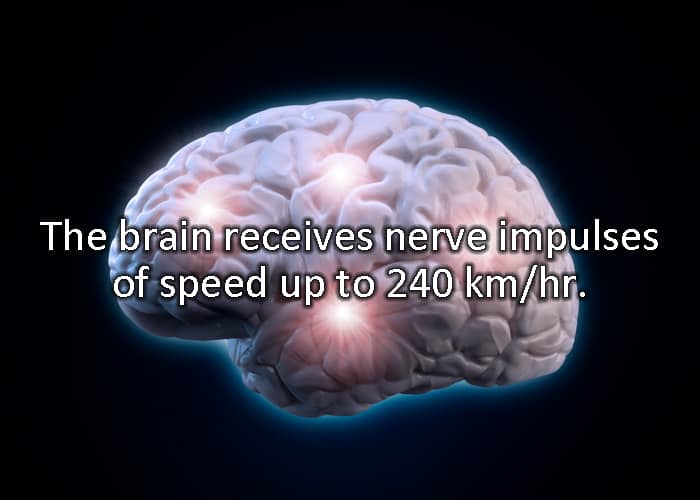

We're starting to see more and more systems which at least in part mimic the way brains process information, however these systems are(mostly) just software running on classical computers, neural emulation if you want to think of it that way. that thing I see is a dog, if I kick it it might bite me) Whereas the system that classical computers use is ideal for working with ordered input. raw sensory input) into useful concepts (e.x. Clearly, if human memory is stored in a physical form which is obliterated by freezing, then cryonic suspension wont work. Modern stealth aircraft can use curves because of higher processing power to do the calculations. The F117's iconic look actually results from the processing power limits of 1970s supercomputers. The system that brains use is best turning unordered information (e.x. The human brain can compute 38 thousand trillion operations per second, which is 413 times more than the world's most powerful supercomputer. This system of processing by passing information between neurons allows the brain to do many more operations at once than a classical computer, however these operations really aren't in any way comparable. that a computer as powerful as the human brain would be able to perform about 38 thousand trillion operations per second and hold about. The thing about neurons is that they act as both memory and processing at the same time, information is processed by passing signals among neurons which are connected in a certain way but information can also be stored in those connections. The human body produces 25 million new cells each second. The world's most powerful supercomputer can manage only. The neurons in brains make up a non Von Neumann architecture. If your brain was a computer, it could perform 38 thousand-trillion operations per second.

This architecture is really great for doing absolutely perfect mathematical computations and following sets of instructions. A computer as powerful as the human brain would be able to perform about 38 thousand trillion operations per second and hold about 3,584 terabytes of memory.

One of the world’s most powerful computers IBM's BlueGene supercomputer has a computational ability of 92 trillion operations per second and 8 terabytes. If the human brain were a computer, it could perform 38 thousand trillion operations per second and hold about 3,584 terabytes of memory. Brains don't follow the same computational rules as normal computers because their underlying structure in terms of how they process information is completely different.Īlmost all computers make use of Von Neumann architectures which essentially means that processing and memory are totally separate, processors(CPUs) process and memory(RAM) stores information. 10 Incredible Facts about the Human Body. the world’s most powerful supercomputer, blue gene, can manage only. If the human brain were a computer, it could perform 38 thousand trillion operations per second. This is sort of comparing apples to oranges. If the human brain were a computer, it could perform 38 thousand trillion operations per second.


 0 kommentar(er)
0 kommentar(er)
